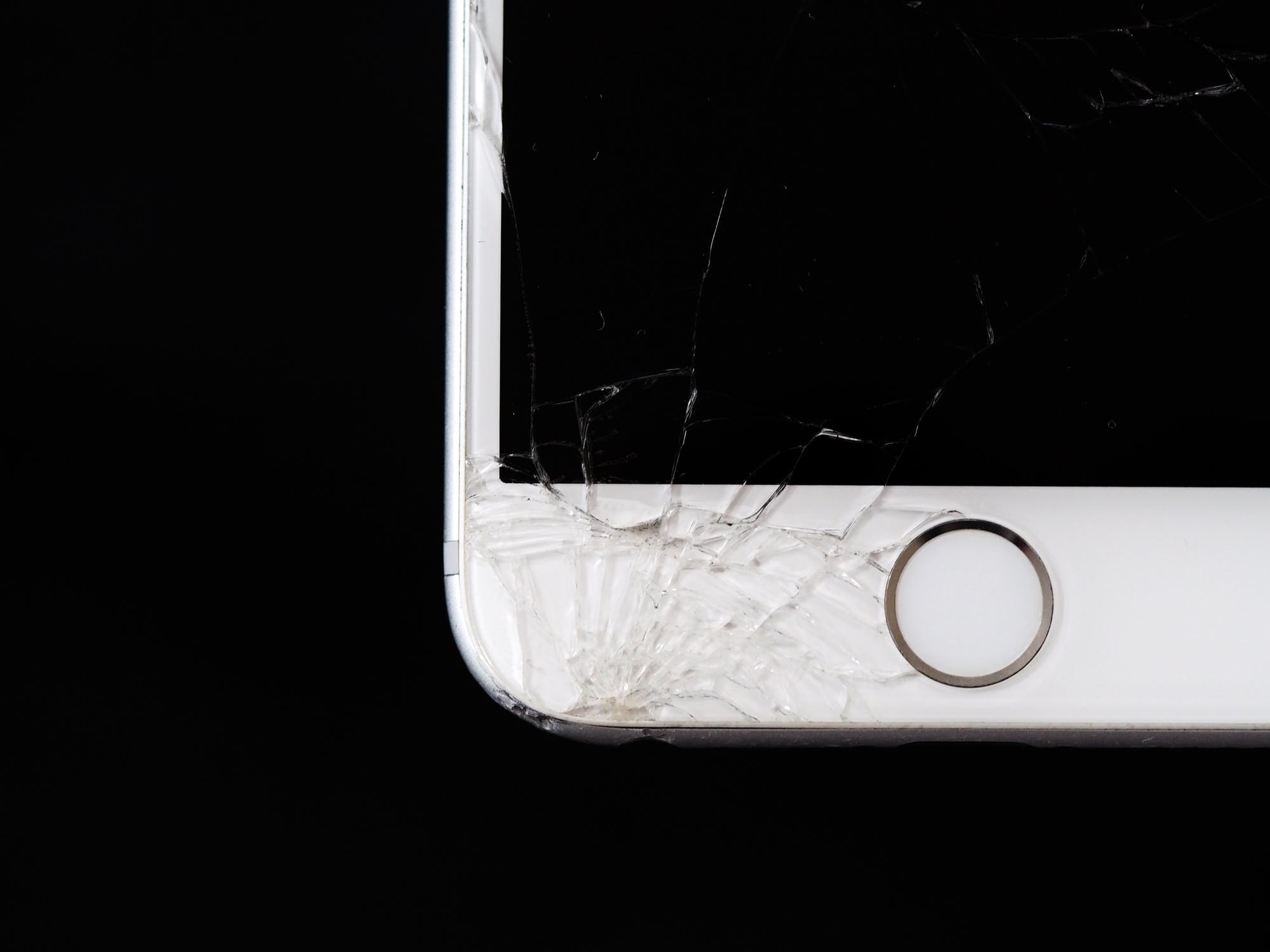Brits spend over £680 million every year fixing broken phone screens
Clumsy Brits spend over £680 million every year fixing broken phone screens, according to research.
A poll of 2,000 mobile phone owners found 53 per cent have paid £30 or more to fix their phone in the last year.
And with an estimated 42.7 million smartphone users in the UK, this adds up to a colossal amount.
The study also found more than a third are currently carrying a broken, smashed or damaged phone.
And over half have damaged or irreversibly broken their phone in some way over the last three years.
The study was conducted by British phone accessory brand Mous, whose co-founder James Griffith said: “We get a lot of stories from customers, and we’ve really heard it all.
“Phones dropped from roller-coasters, run over by trucks, stolen and dropped from trees by monkeys in the jungle, the stories are just endless.”
According to the research, conducted via OnePoll.com, the most common way of damaging phones is through dropping them.
And the majority of Brits now say they’d rather have a new phone that was reliable and resistant, rather than one with improved hardware.
As well as the monetary loss, a broken phone can be disastrous for personal reasons, as millions store important work or personal documents on their handset.
A huge 57 per cent of Brits have lost personal photos or important files due to broken mobiles.
To demonstrate how protective their cases are, Mous will fly to Sydney to be among the first in the world to drop-test new iPhones in Mous cases – even handing out brand new iPhones with iphone 12 cover for members of the public to drop.
James Griffith said: “People store their whole lives on their phones, and are willing to invest a lot in the latest tech. So, with a third of people still carrying a damaged phone, our ambition to create the best, most protective case out there is more relevant than ever.
“We really believe in making things that last. That’s our guiding mentality whenever we’re designing new products, and it clearly resonates with consumers.
“We’re all about authenticity as a principle, so it only makes sense for us to test our cases with real iPhones and real people.”

